Just a few years ago, the idea of running sophisticated hand-tracked VR gaming directly on a smartphone sounded like straight-up science fiction. The computational demands of real-time hand recognition paired with immersive VR rendering should overwhelm mobile hardware. Yet breakthrough developments in mobile processing and tracking algorithms have blown past those limits. Recent analysis from Android Central backs it up, marking a pivotal moment in mobile VR evolution. This leap is not a minor bump in performance, it is a shift that could put premium VR in millions of pockets.
The change is not just raw power. It is smart optimization working with increasingly capable hardware. Modern mobile chipsets like the Snapdragon 8 Gen 3 and Apple A17 Pro bring GPU performance that approach or match some console-generation performance levels in specific benchmarks, depending on the title and settings. Neural processing units take on AI tasks such as gesture recognition and scene optimization, so the whole system feels nimble rather than brute-forced. Call it a move from muscle to finesse.
The technical breakthrough that changed everything
Mobile hand-tracked VR stands on advances across hardware and software, not one magic trick. Modern smartphone processors now deliver performance levels that approach console-grade capabilities, enough for real-time 3D rendering and complex visual processing that felt out of reach a few years back. Qualcomm says the Snapdragon 8 Gen 3 delivers up to 25% better GPU performance and ~25% better power efficiency versus its predecessor. That combination matters, because VR lives or dies on sustained performance.
Enhanced camera systems improve motion tracking and environmental mapping with surprising precision. Today’s flagships pack depth sensors, LiDAR, and time-of-flight cameras in compact modules (sizes vary by vendor). They map room-scale spaces on the fly while tracking individual finger movements, a job that once needed dedicated rigs.
5G networks have eliminated the latency barriers that used to sink responsive multiplayer VR on phones. With sub-20 ms latency in good conditions, a device can offload heavy rendering to the cloud and still feel snappy. Real-time input, real-time feedback. That is the magic trick.
Put it together and the whole is greater than the parts. Local processing handles immediate tasks, cloud offloading takes the heavy lift, and low-latency networks knit it all together. In other words, mobile devices punch far above their weight in the final experience.
How dedicated VR systems set the performance bar
To grasp how far mobile has come, look at dedicated headsets like the Meta Quest 3. The Quest 3 uses dual cameras specifically engineered for spatial hand tracking, with pipelines tuned for computer vision instead of repurposed phone cameras.
The numbers are strong. With hand tracking latency measured at approximately 70 milliseconds, gestures mesh cleanly with what you see. In practice, 70 ms rides the edge of what feels instant to the brain, so interactions feel natural rather than floaty.
Passthrough is even quicker, with a 31.3 millisecond latency. That fluid handoff between your room and the virtual scene is the bar mobile systems aim to meet. Which makes it all the more striking that phones are starting to get close using tighter power and thermal budgets.
PRO TIP: The Quest 3 benchmarks double as user expectations for believable hand tracking. Mobile wins by hitting those marks with clever optimization, not by outmuscling dedicated hardware.
The mobile VR evolution accelerates
Mobile VR gaming moved from cardboard viewers to real standalone experiences in what feels like a blink. Affordable headset solutions like Google Cardboard and Samsung Gear VR introduced the idea, but they were mostly passive. Stereoscopic views, basic head rotation, not much else.
Now we get advanced haptics, social features, and high-fidelity graphics that hold their own against dedicated systems. Modern implementations hit 90 Hz refresh rates with foveated rendering, a trick that renders what you are looking at in full detail while easing off in your peripheral vision. The payoff is big, cutting GPU load by up to 70% without trashing image quality.
Hardware moved too. Manufacturers keep squeezing more power into lighter frames, delivering lighter, more powerful headsets that are less of a neck workout. Companies like Pico and HTC have introduced mobile-powered headsets under 500 grams with full 6DOF tracking, a relief compared with older models that crossed 800 grams.
And the social layer is getting richer. AI-powered avatars and virtual assistants may make these experiences feel more lifelike. Natural language plus gesture recognition adds a more intuitive vibe. Hand signs, voice commands, even facial cues from front cameras help social VR feel less like chat rooms and more like actual hangouts.
The AI and cloud computing advantage
Artificial intelligence and cloud processing are the quiet engines behind hand-tracked mobile VR. AI-powered graphics upscaling allows mobile devices to exceed their native resolution capabilities. Think DLSS-style temporal upsampling that renders internally at 1080p and outputs 4K-quality visuals, effectively pushing performance about 4x.
Cloud setups handle resource-intensive applications through streaming, saving battery while keeping visuals crisp. Services like NVIDIA GeForce Now and Google Stadia showed that console-class graphics can land on a phone screen, with the cloud scaling compute power as needed.
Edge computing infrastructure processes data closer to users, trimming delays that ruin immersion. With nodes from major providers in hundreds of cities, typical cloud latency that used to sit around 100 to 200 ms can drop to about 10 to 30 ms.
Behind the curtain, the choreography is tight. Simple tracking runs on the phone’s neural unit, heavier physics sim work shifts to nearby edge servers, and the most demanding rendering streams from cloud GPUs. The result, steady 90 Hz frame rates and motion-to-photon latency under 50 ms.
What this means for the future of immersive gaming
This breakthrough is more than a neat tech demo. It points to a genuine opening up of premium immersive experiences. By 2025, advances in processing power, connectivity, hardware design, and AI integration are on track to push mobile AR and VR gaming higher still. When great VR is as simple as downloading an app, the audience jumps from millions to billions.
The ecosystem is getting cleaner too. Cross-platform integration now enables seamless progress synchronization across devices, so you can move between your phone and a dedicated headset without friction. Epic Games’ Unreal Engine 5 and Unity have cloud save systems that keep progress, preferences, and social ties in sync, which makes the whole thing feel like one platform instead of a bunch of silos.
The economics shift as well. Traditional VR often meant $800 to $2000 in dedicated hardware, which narrowed the field to enthusiasts. Mobile VR, by contrast, rides on the 6.8 billion smartphones already out there, opening the door to a far larger market. That scale invites more content, more investment, and a faster feedback loop of improvement.
And the ripple effects go way beyond games. Simulation, training, and educational applications stand to benefit from the same tech. Medical students practice procedures, pilots rehearse in simulators, kids tour ancient cities, all on devices they already own.
What seemed impossible yesterday is here now. The blend of mobile processing power, AI optimization, cloud computing, and advanced sensors has unlocked experiences that would have sounded like fantasy five years ago. We are watching truly portable immersive computing take shape. And if this is the opening act, the next chapters are going to be wild.




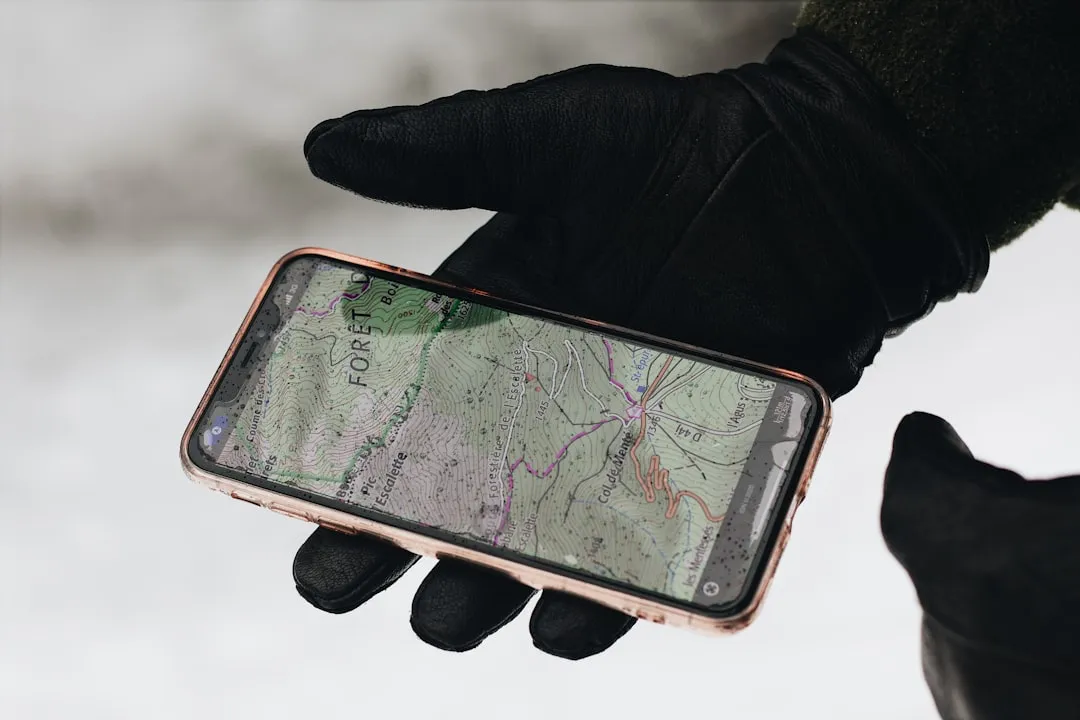





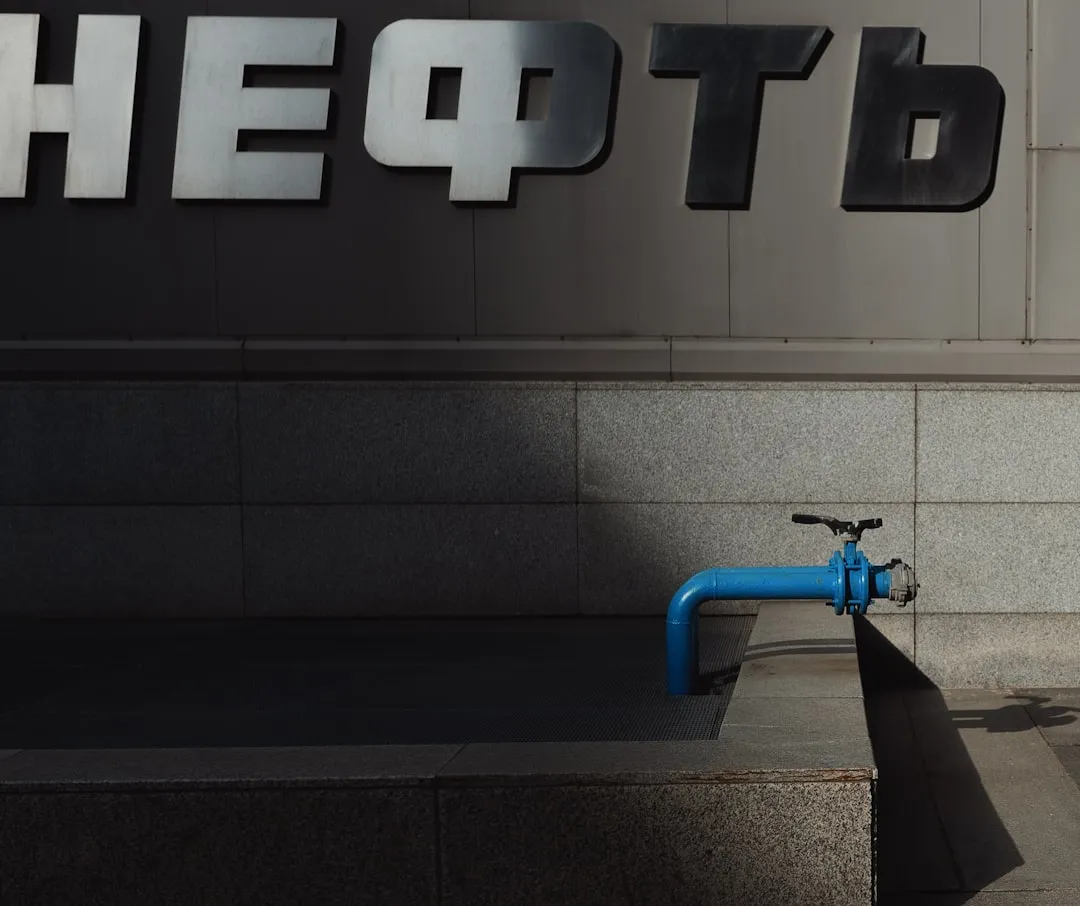
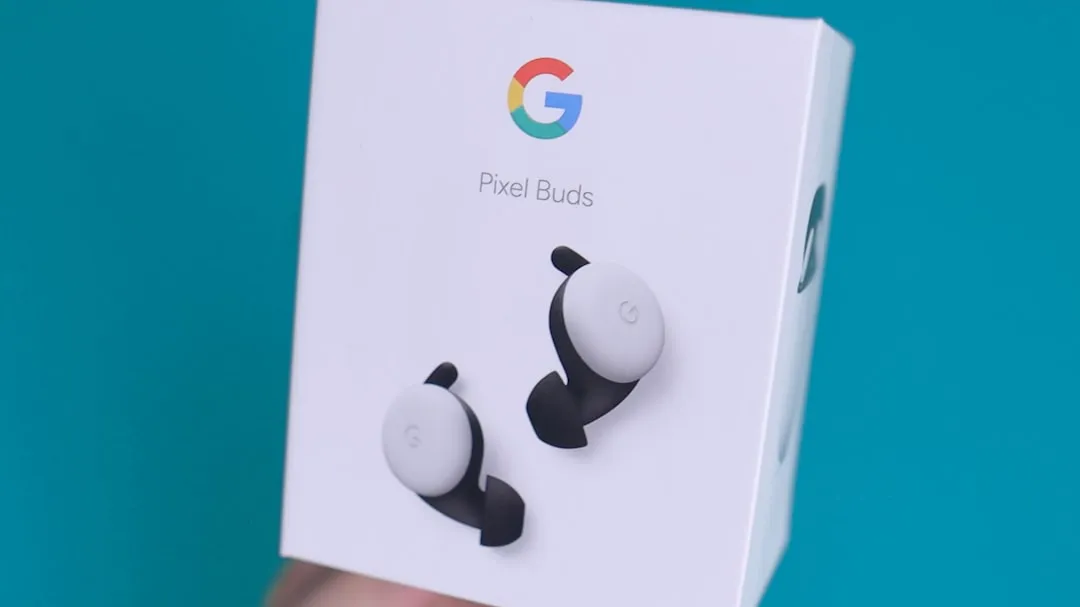

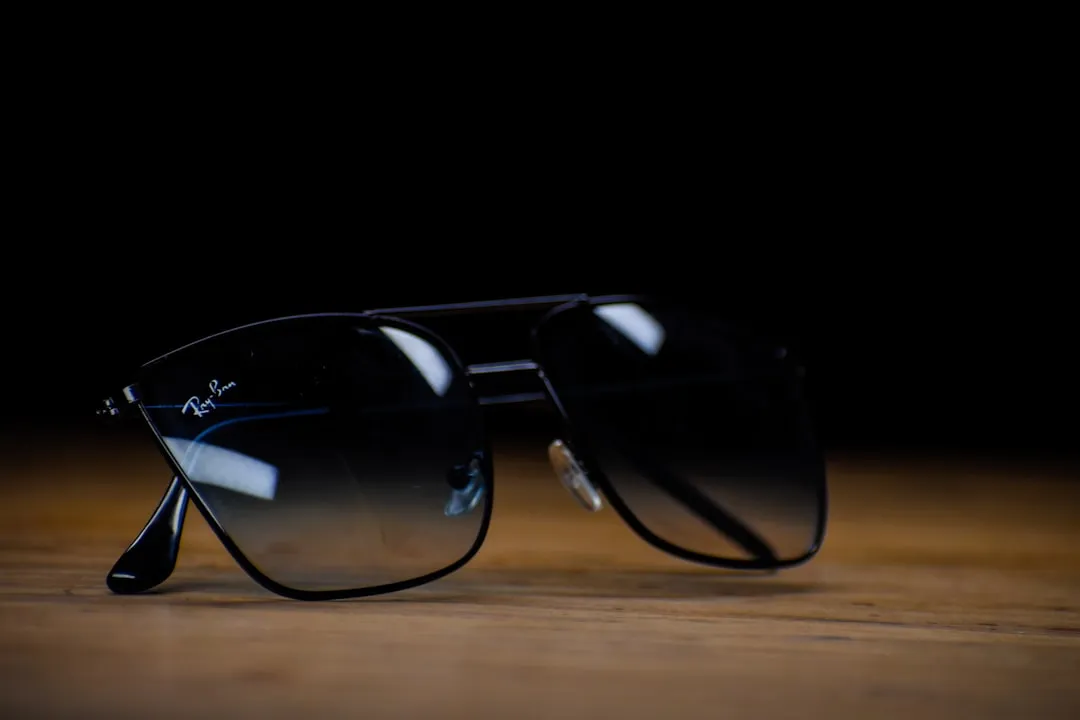
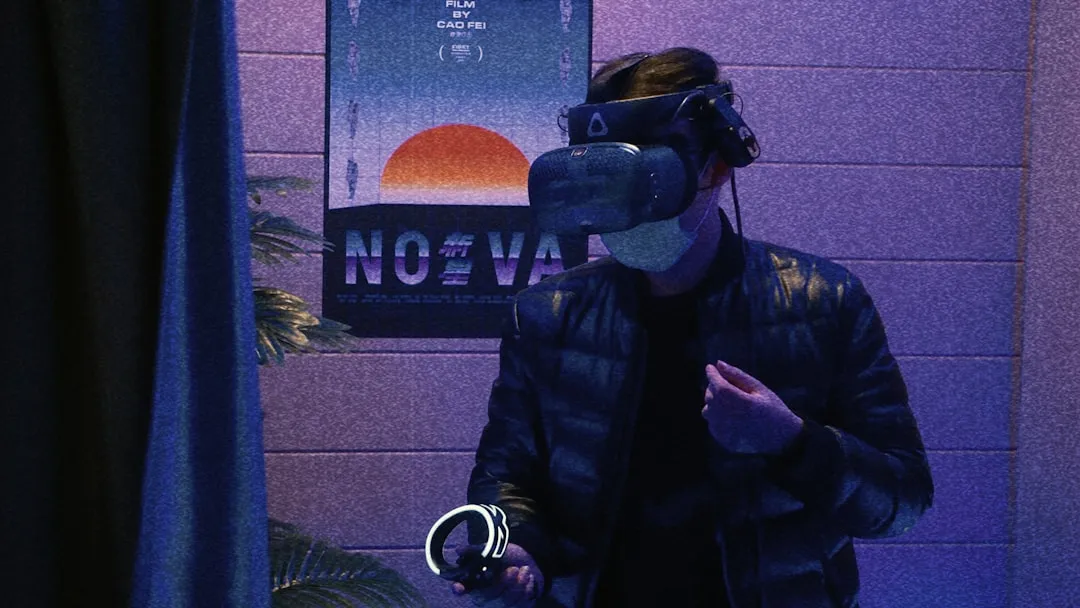
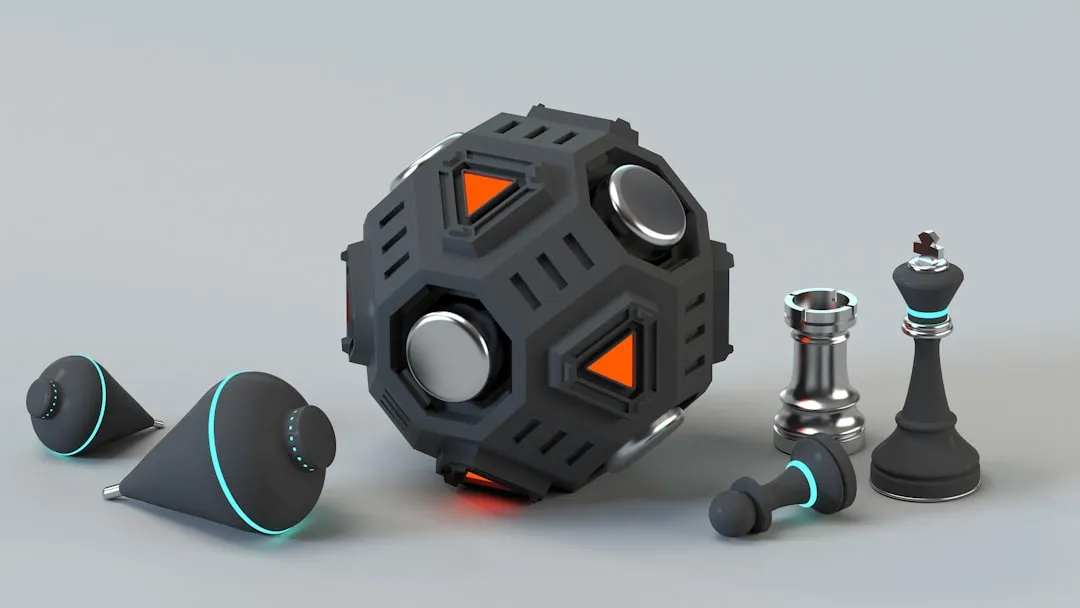
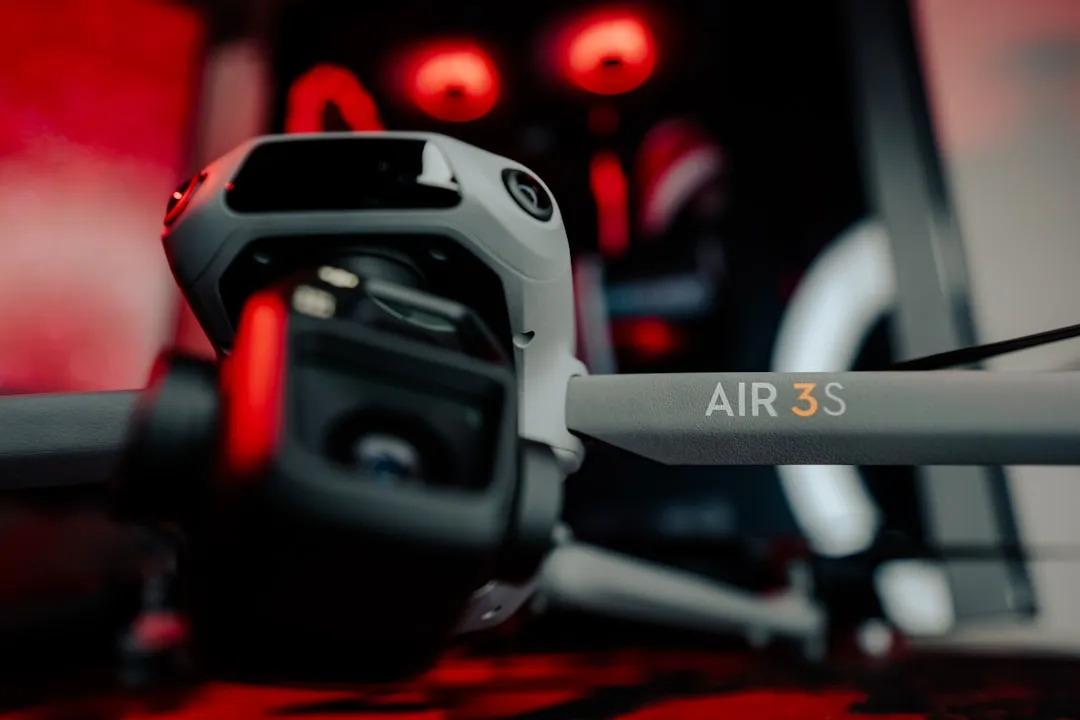

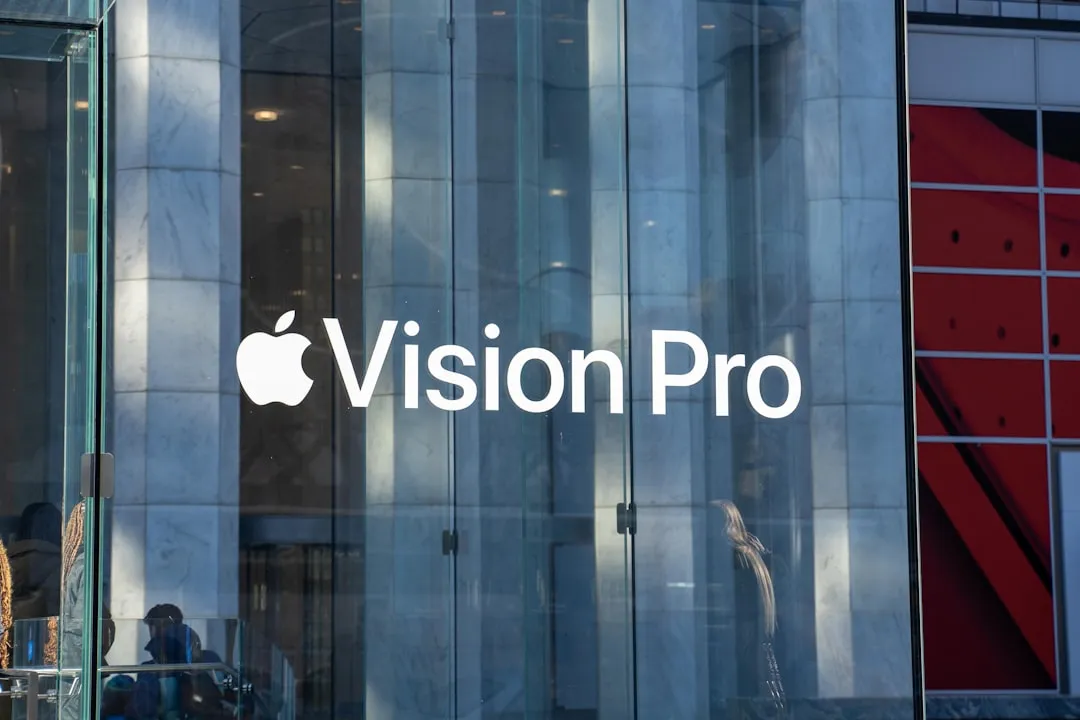
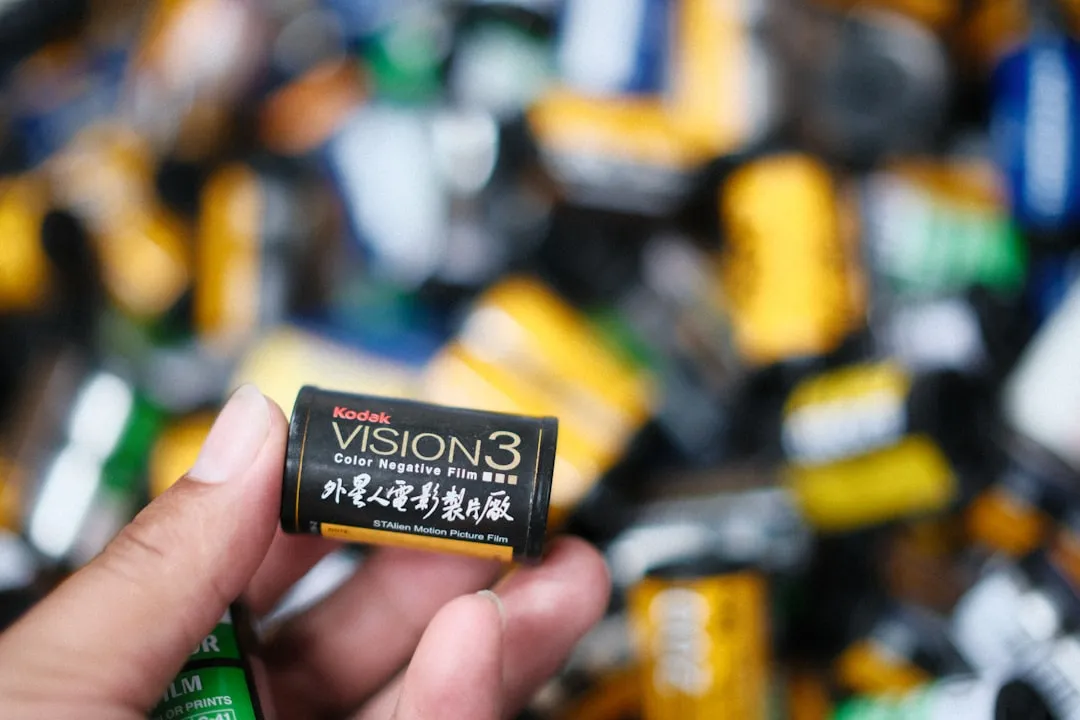
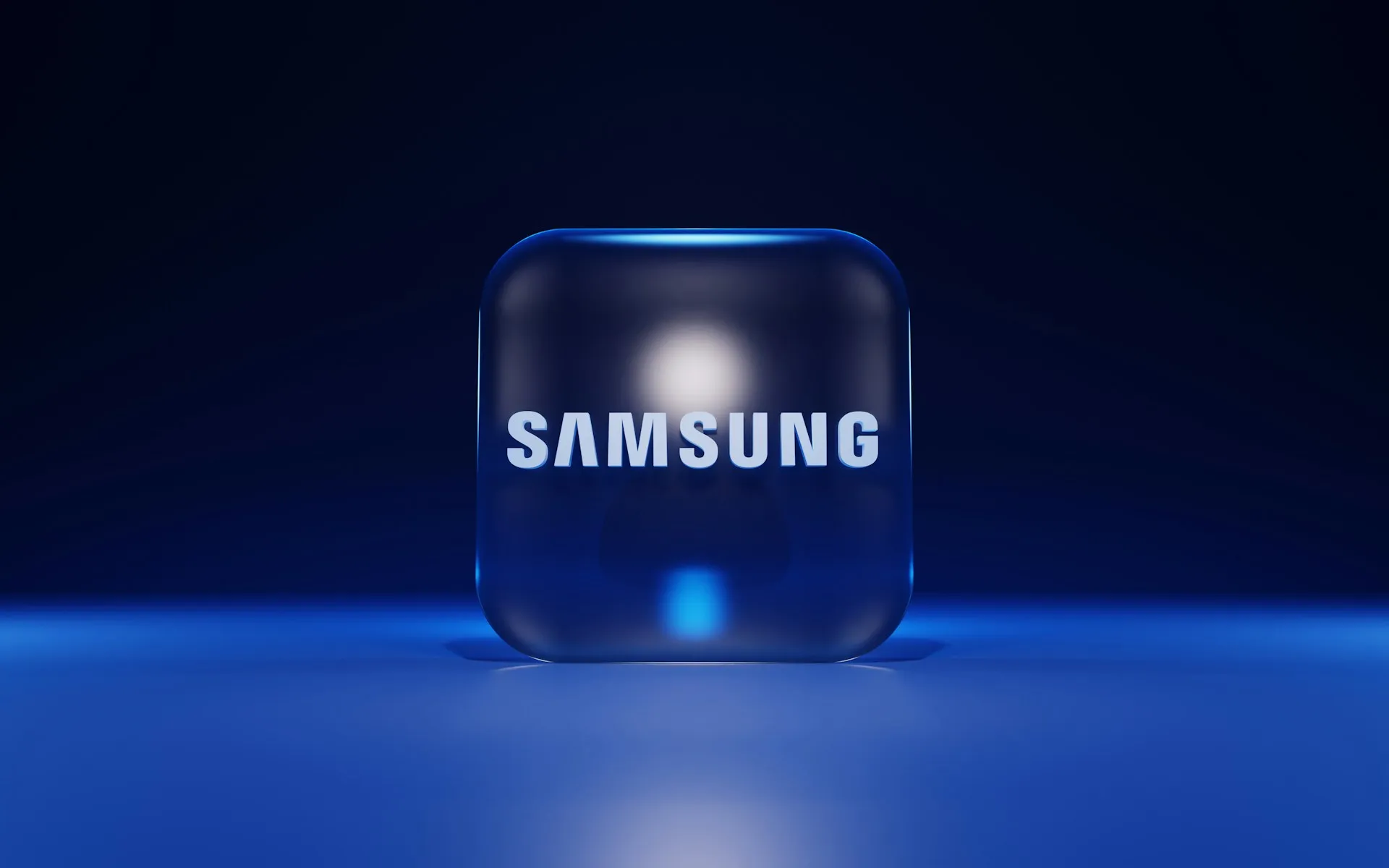

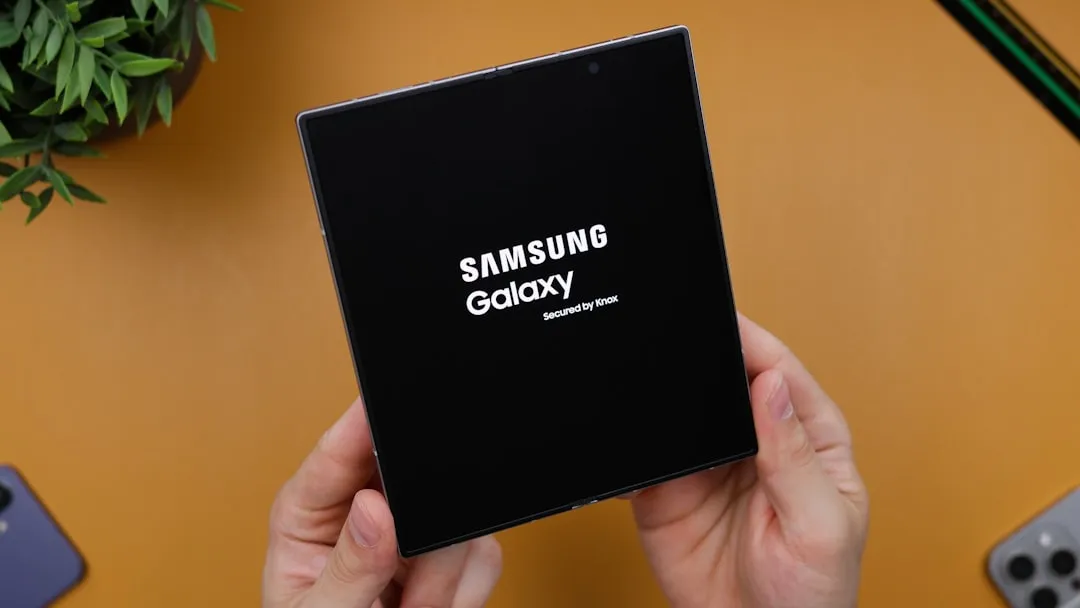
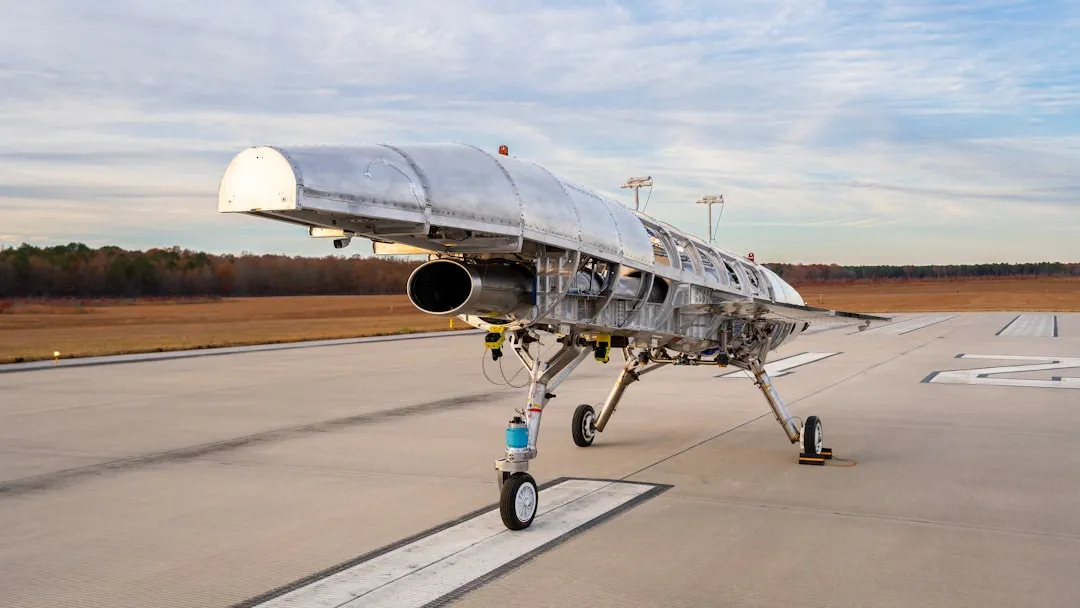
Comments
Be the first, drop a comment!